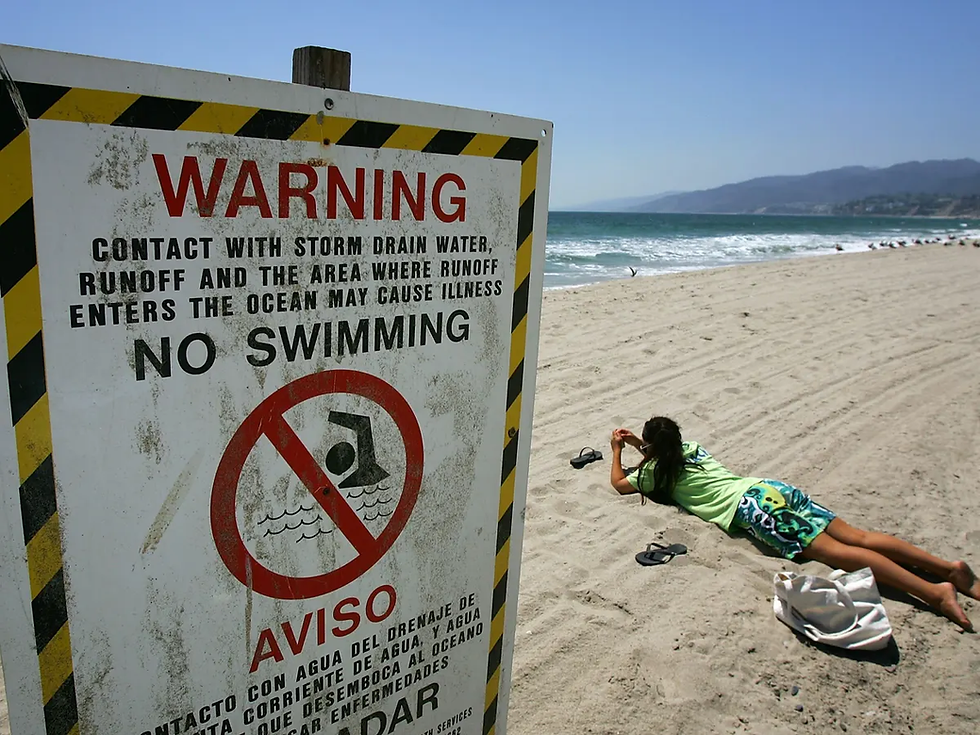7 Types Of Waves You Need To Know
- kambay19
- Jan 14, 2022
- 2 min read

Beach Breaks - Like Ocean Beach
These waves break over a sandy bottom. Shape and quality of the waves can change due to the changing shifts in the sandbar.
A sandbar can stay for months or disappear in a few hours. Waves may be long and gentle or hollow and powerful, depending on factors such as the tide.
Reef Breaks
These waves break over a rocky or coral bottom. The line-up changes depending on the size and direction of the waves but the seabed remains constant. You can paddle out through a clear channel. At low tides can be risky for beginners.
Point Breaks
A point break is a surf break where the shoreline extends out to sea creating a headland. The wave hits the headland or jetty and begins to peel along the extending shoreline creating a wave that is long, well-formed and unlikely of closing out or breaking in front of itself. A point break can break over sand or rock. These waves are said to be suitable for beginners and can be a lot of fun.
Crumbly Waves
Also known as mushy waves, these are not too steep, fast or hollow, and break gently. Very gradual bottom contours cause these waves.
They’re not very strong and powerful , hence are best suited for beginners and can be found almost everywhere.
Reform Waves
This wave can die down when it hits deep water and then reform or break again due to the bottom’s varying depth.
These are said to be suitable for both all types of surfers. Experienced surfers can kick out before the new waves go deeper and beginners can turn to inside reform waves.
River Mouth Waves
These waves are like point breaks as they are produced where the water deposits sand on to sandbars resulting in the waves peeling off in a neat and predictable manner.
Double-up waves
This wave is the result of two waves meeting, coming together, and creating a powerful large wave.
These can be dangerous and ultra-hollow especially the larger they get.






Comments